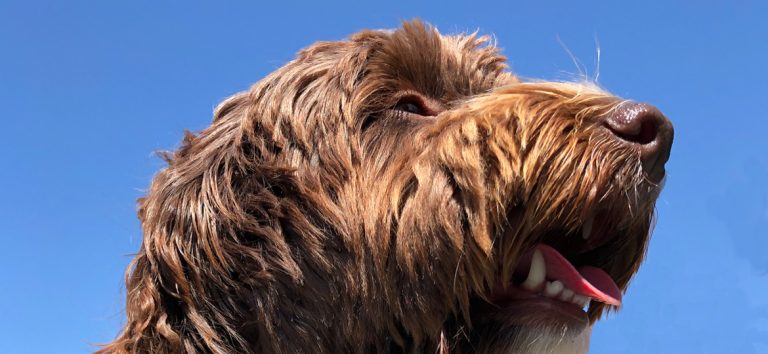
How to Protect Your Dog from Hot Weather
Summer Safety Tips for Dogs: Keeping Your Canine Cool and Healthy As summer approaches, it’s
Dogs Teething – Teething Remedies and Help for New Puppies. This article has been produced to help as a guidance. Every breed is different and may require specific details for teething. When unsure it is best to consult with your local vet. Regular checks with your vet should help identify any problems early. Dental disease is one of the most common among dogs.
Not surprisingly a major component to a puppy’s life involves chewing and teething.
It can take between 8 – 12 months before puppies complete teething. During this time they can learn that chewing on certain items is not appropriate (with a little training).
From their first teeth to their last, puppies will chew through an assortment of items if they are not guided not to. You should not have to consult a dog behaviourist for teething. Whilst the training and guidance is simple the hard work is taking the action during the puppy’s teething months.
Beyond teething it’s essential to ensure there is some form of teeth cleaning in progress. 100% natural treats can be part of this process and when the word natural is used it means exactly that, Dentastix are not natural. Chicken feet are, calves hooves are natural. However, introducing the right chews and treats to a puppy at the right time of teething is important. Too hard a chew at the early stages of new teeth coming through may cause problems.
If you’re guiding your pup correctly you should get to feel when they have lost their baby teeth and started to grow their 2nd set. Razor sharp little teeth can do a lot of damge to your home so harder chews can be introduced from around 4 – 5 month old depending on breed (Beef Scalp, Moon Bone, Achilles Tendon and Pizzle Sticks). Flat beef gullet and pizzle sticks are a good start for almost all puppies from around 10 weeks.
TEETHING PUPPIES: FROM THEIR FIRST TEETH TO THEIR LAST
Puppies get their teeth once they start weaning from milk. This typically starts around five or six weeks of age, although some dogs do not begin the process until they are eight weeks old.
A puppy will acquire 28 ‘milk teeth’, the doggy equivalent of baby teeth.
Needless to say teething is painful for puppies, so biting and chewing is way of dealing with the pain.
To avoid expensive shoes from being chewed the simpliest is to remove all items from the teething puppy sight and reach. Out of reach is a simple method.
Loosing Baby Teeth
Puppies start to lose their baby teeth approximately one month after coming through. They generally just fall out and cause no problems.
At only 3 months of age, a puppy loses the first set. The process usually starts with the incisors.
A puppy’s adult molars starts to grow in around four months old. Nearly all of the baby teeth will be out at this point.
It is good to visit the vet at around 6 months to determine how many more baby teeth are present.
It is at 6 months when a puppy should have nearly all of their adult teeth in place. Teeth that are growing in crooked or causing the dog to have an overbite may need to be corrected before the teething process is completed.
Correcting the teeth will ensure no long-lasting damage is done. Untreated teeth could make it a difficult for the dog to eat later down the road.
From puppy to adult dog results in the dog having 42 permanent teeth. Typically all of the teeth are in by the time the pup is eight months old. But can take longer for some dogs.
Teething behaviour usually stops at this stage if you have worked with your puppy on chewing. If not he or she may continue to chew on things just for the fun of it.
You know how much damage a puppy can do to socks and pants with 28 baby teeth. Imagine how much damage 42 adult teeth will do to expensive shoes!
How to help your puppy during teething time
Throughout the teething process, it is important to provide acceptable objects for chewing on. There are so many toys specifically created to help with the teething process. However, the best things to chew on are natural air dried chews. Calves Hooves are the toughest and they can be frozen too to add extra confort to swollen gums. Then there is anti-chew bitter spray to keep puppies away from furniture legs and shoes. Chews for teething are different to treats for rewarding good behaviour or distraction. Long lasting chews benefit the dog in many ways but for teething and bite inhibition something that is a treat too is best.
While your puppy’s teeth are coming in, it’s a good time to set him or her up for later success in life by teaching good mouth manners, including bite inhibition and the commands “Leave it!” and “Take it!”
Bite Inhibition
Puppies tend to bite! It’s perfectly normal behavior for a puppy to bite and nip. From the time they get their milk teeth and start to play with each other, puppies will nip at their litter mates, roll around with each other, knock each other down, and cuddle – this is part of learning to socialise with other dogs.
For most of us getting mad at a puppy wont happen. However, getting annoyed isn’t the solution for future chewing problems. We must use bite inhibition training. Bite inhibition will train your puppy to use his “soft mouth.” By training him in the bite inhibition technique, he will learn to use his mouth gently with people.
An expert in the field and study of bite inhibition training is Dr. Ian Dunbar.
Bite inhibition training is so important, Dr. Dunbar has said, “I shall repeat over and over: teaching bite inhibition is the most important aspect of your puppy’s entire education.”
Bite Inhibition – During the 5 teething stages for dogs there are 2 stages of bite inhibition training. Necessary training for healthy chewing biting behaviour.
According to Dr. Dunbar, there are two stages in bite inhibition training.
Stage 1 focuses on decreasing the force in the bites.
Stage 2 focuses on decreasing bite frequency.
Remember! Biting is part of a puppy’s play time and it teaches the puppy how to socialise.
Bite inhibition training uses the concept of acceptable socialisation between puppies and dogs. Trying to mimic replicate the puppys environment to make the puppy part of the human family by using the same techniques his mum and siblings used!
To be effective, inhibition training should be done in the correct order.
Stage 1 followed by stage 2. If you try to decrease the frequency first, the dog won’t learn to soften his bite.
Also, Dr. Dunbar suggests, that puppies “should learn not to hurt people well before he is three months old. Ideally, by the time he is four-and-a-half months old — before he develops strong jaws and adult canine teeth — he should no longer be exerting any pressure when mouthing.”
Inhibiting the Force of Bites – Five Teething Stages For Dogs
Two stages in bite inhibition training
The first step is to stop your puppy from hurting people: to teach him to inhibit the force of his play-bites. Physical punishments are certainly not called for. But it is essential to let your puppy know that bites can hurt. A simple “Ouch!” is usually sufficient.
When the puppy backs off, take a short time-out to “lick your wounds,” instruct your pup to come, sit, and lie down to apologize and make up and then, resume playing.
The next step is to eliminate bite pressure entirely, even though the “bites” no longer hurt.
While your puppy is chewing his human chew toy (your hand and fingers!), wait for a bite that is harder than the rest and respond as if it really hurt, even though it didn’t:
“Ouch, bad! Be Gently!
Does your puppy learn the English langauge? To some extent yes! Lets assume for the purpose of training your puppy does understand words! And you imagine your puppy begins to think, “My Goodness! These humans are sensitive I had better not bite too hard. I’ll have to be careful when mouthing their sensitive skin.”
And that’s precisely what you want your pup to think: that he needs to be extremely careful and gentle when playing with humans or are we just different shaped dogs :)
DECREASING THE FREQUENCY OF MOUTHING
Once your puppy has been taught to mouth gently, it is time to reduce the frequency of mouthing.
Your pup must learn that mouthing is okay, but he must stop when requested. Why? Because it is inconvenient to drink a cup of tea or to answer the telephone with fifty pounds of wriggling pup dangling from your wrist. That’s why.
It is better to first teach “Off” using food as both a distraction and a reward. The deal is this: once I say “Off,” if you don’t touch the food treat in my hand for just one second, I’ll say, “Take it” and you can have it.
Once your pup has mastered this simple task, up the ante to two or three seconds of non-contact, and then to five, eight, twelve, twenty, and so on. Count out the seconds and praise the dog with each second: “Good dog one, good dog two, good dog three,” and so forth. If the pup touches the treat before you are ready to give it, simply start the count from zero again.
Your pup quickly learns that once you say “Off,” he can not have the treat until he has not touched it, for, say, eight seconds, so the quickest way to get the treat is not to touch it for the first eight seconds. In addition, regular hand-feeding during this exercise encourages your pup’s soft mouth.
Decreasing the Frequency of Mouthing
Once your pup understands the “Off” request, use food as a lure and a reward to teach it to let go when mouthing. Say, “Off” and waggle some food as a lure to entice your pup to let go and sit. Then praise the pup and give the food as a reward when he does so.”
By play-fighting with your pup, which is a normal part of a puppy’s growing up and socializing, he will learn to nibble, instead of bite, and you’ll teach him what is okay to nibble on, and what is not. It is very important to teach these things to your pup at the right age, so he goes from being a “cute little puppy” to a sweet and gentle adult dog.
DEVELOPING GOOD HABITS
Developing Good Habits – Teething Stages For Dogs
Have you ever had a puppy nip you in your ankle with those little baby teeth? Yeah – having 24 little razor blades biting into your flesh can hurt! But since they’re SO cute when they do it, we don’t do anything to correct their bad behavior.
We might even find this funny and tell them how cute they are – not the best message to send in fact it is the wrong message to send.
Some breeds are just naturally more inclined to be chewers. Most dogs become chewers or biters because they were not taught correctly.
But even if your pup is pre-disposed to be a chewer, there are practices you can instill to keep them from becoming permanent chewers and/or biters.
Tip: Avoid removing the puppy too early from his mother and litter. Puppies learn what kind of social behavior is through interactions within its litter. Eight weeks old is the average time before they’re sold or given away, they really should stay with their mother until they’re 12 weeks old.
Tip: Offer your puppy a chew specifically for teething pups, or a wash cloth that has been soaked in chicken broth and frozen, if he is biting because of teething. Since teething usually occurs in very young puppies, chew toy and/or washcloth will help teach the puppy acceptable objects to bite. But please make sure you monitor your puppy; don’t leave him alone while he’s playing with his chew toys. Natural chews are suitable from around 10 weeks and each breed and pup will respond differently. Beef Gullet flats are ideal for smaller pubs and pizzle sticks are perfect too. As always with pups make sure you can watch during the early stages.
Tip: Hand feed your puppy! Not from the dinner table :) Feed his food and treats to him by hand. When children or adults come to visit, as long as they are comfortable with dogs, ask them to feed him food and treats by hand as well. He will begin by nipping or grabbing the food and inadvertently biting your fingers at first, but just be firm, remove the item, say “No!” and then re-offer the item, until he gently takes it from your hand. It won’t always happen, or happen immediately, but that’s okay – it’s all part of his training!
Tip: Find a baby rattle that makes an awful sound. While playing or feeding your puppy, if he bits, shake the rattle to distract him, and again say “No!” When he walks away, give him verbal praise and a treat as a reward.
Keep in mind that your puppy should never be left unattended. If you must leave for any length of time, put them in their crate while you are away (see puppy crate training). This prevents your pup from chewing on the furniture and causing havoc when you are not home.
Most of all – enjoy your new puppy! With a good understanding of the teething process, and provided natural chews & treats, puppy owners will be able to help their puppies through the teething process and keep them from becoming biters or chewers as adult dogs – giving you and your dog years of love and companionship.
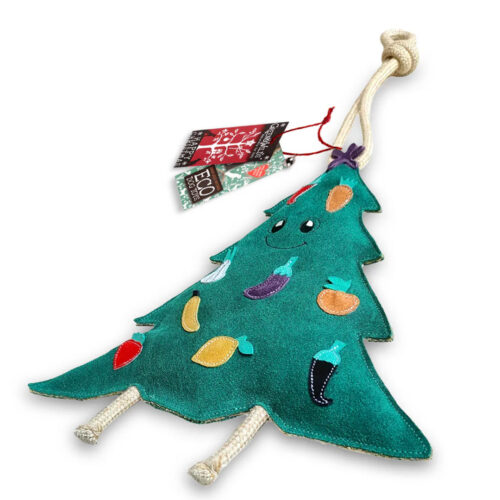
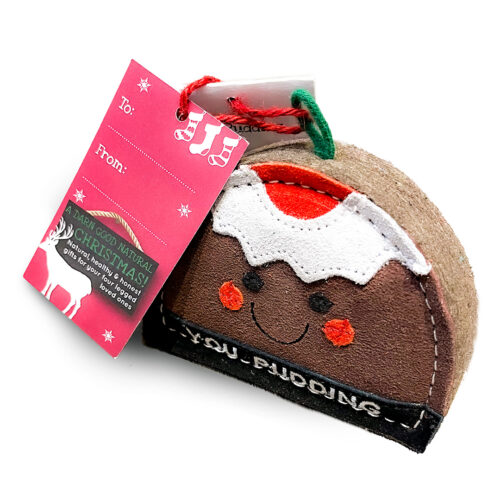
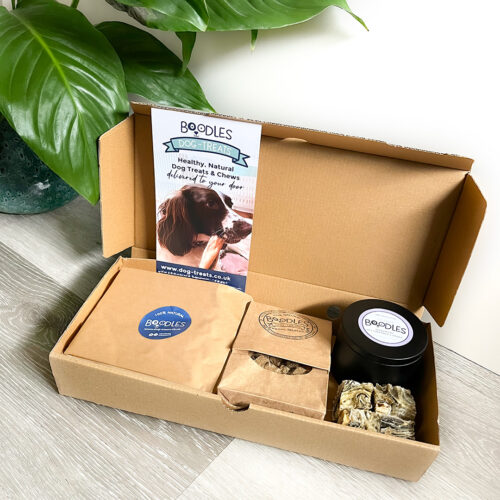
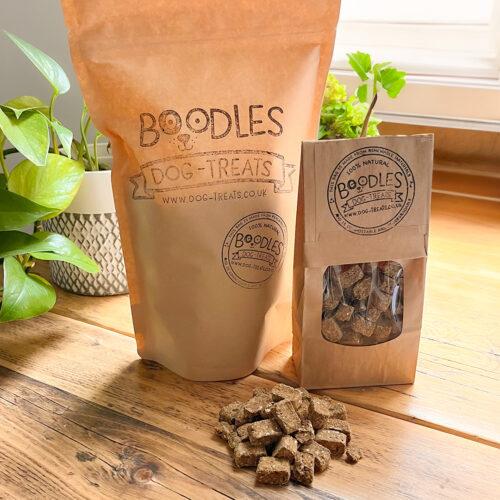

Summer Safety Tips for Dogs: Keeping Your Canine Cool and Healthy As summer approaches, it’s
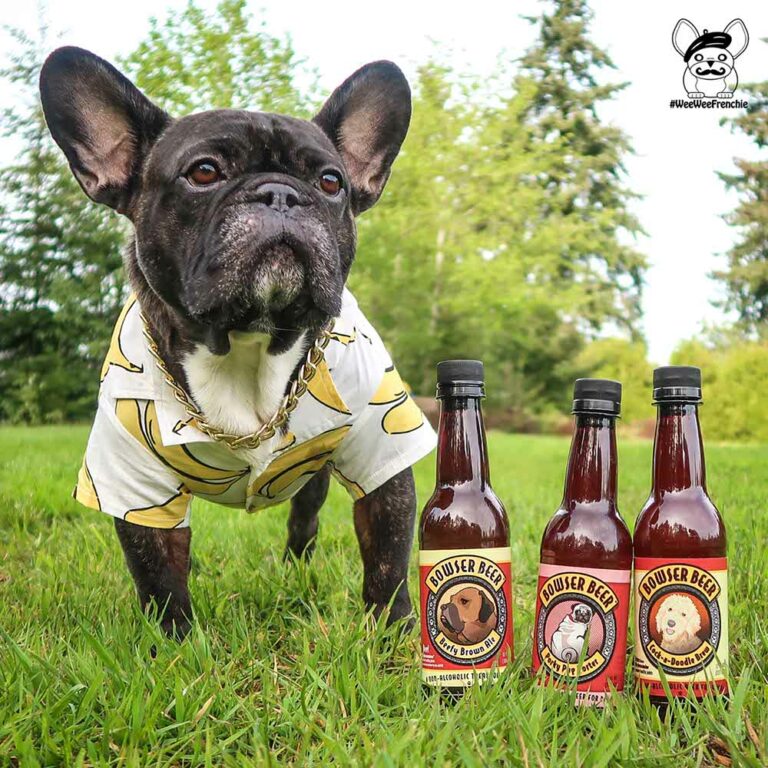
Alcohol and Dogs: A Dangerous Combination Alcohol and dogs should never mix. Alcohol poses serious




FREE SHIPPING
for orders over £50
ANIMAL WELFARE
vet approved
100% NATURAL
No fillers – No additives
ECO FRIENDLY
Compostable packaging
Company Reg: 12263821
VAT No: 371306615
Trademark: UK00003458052
EORI: GB076768166000